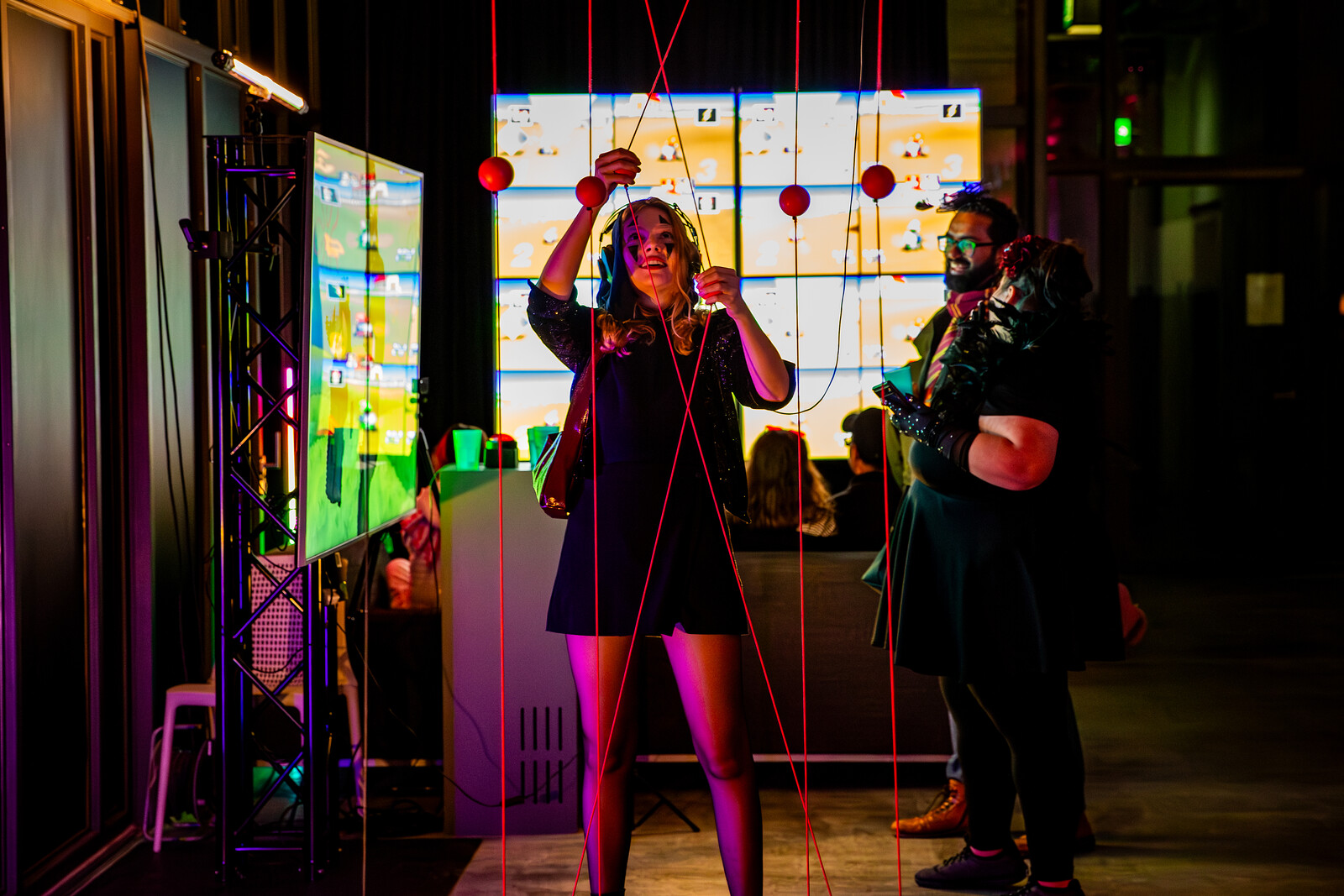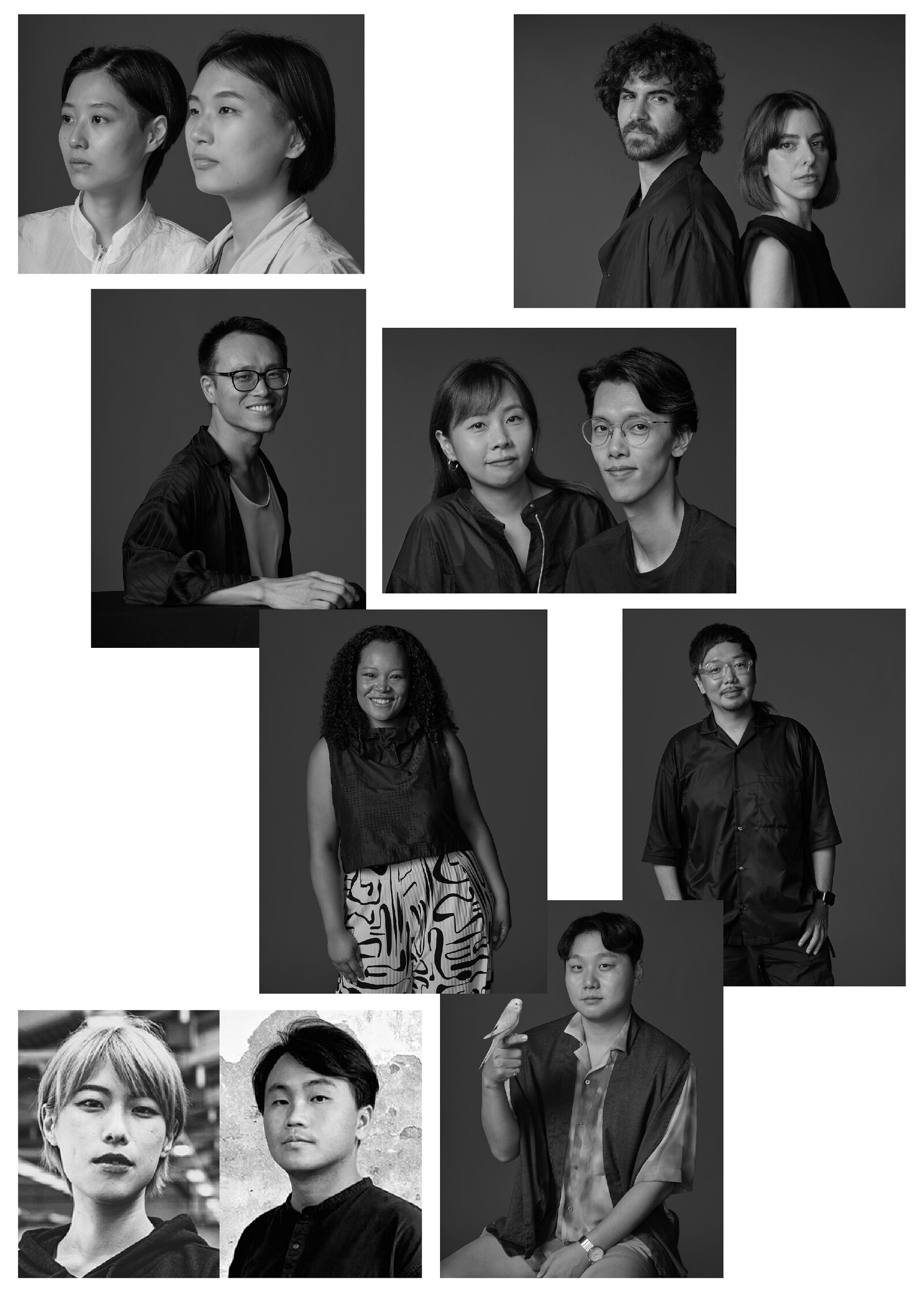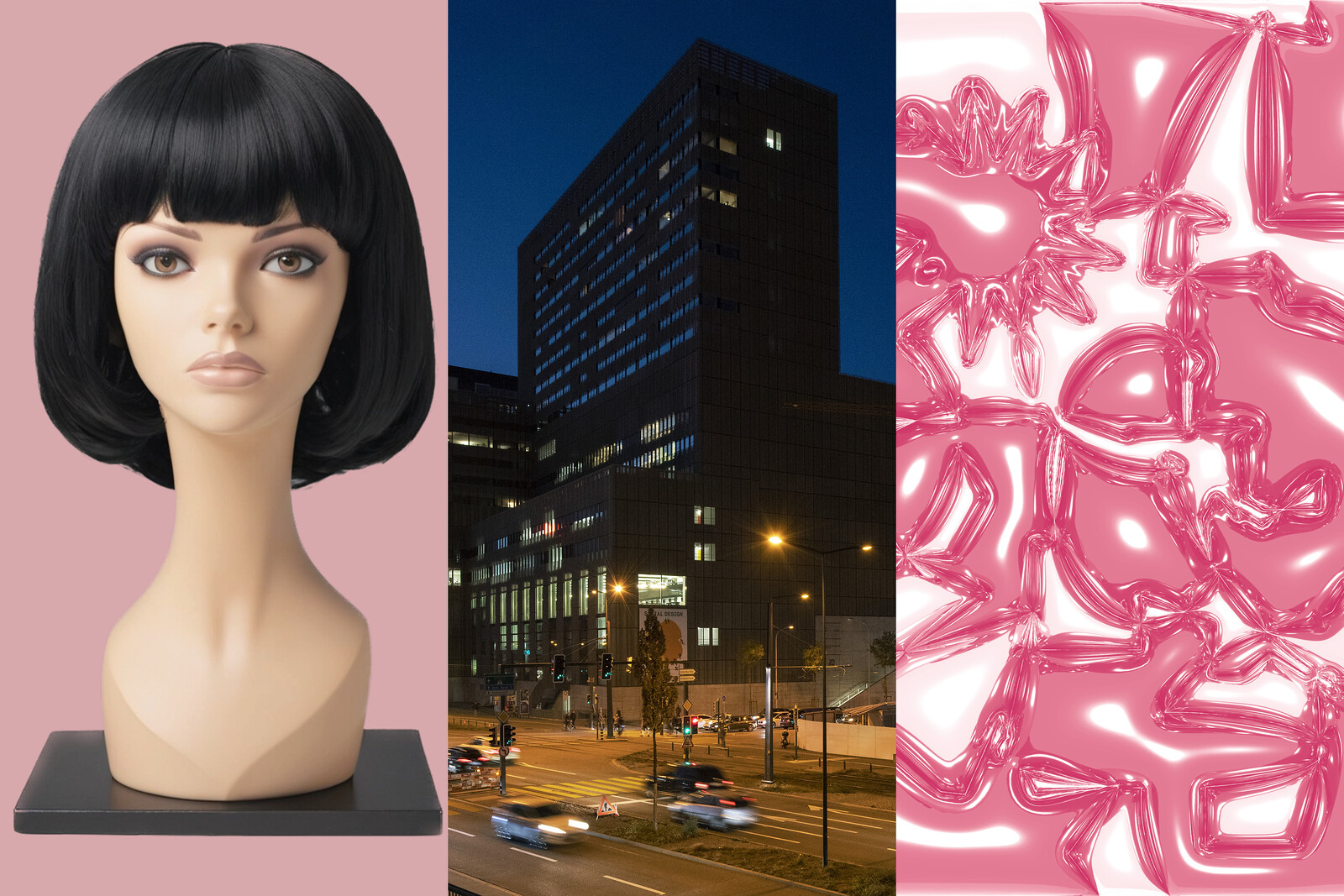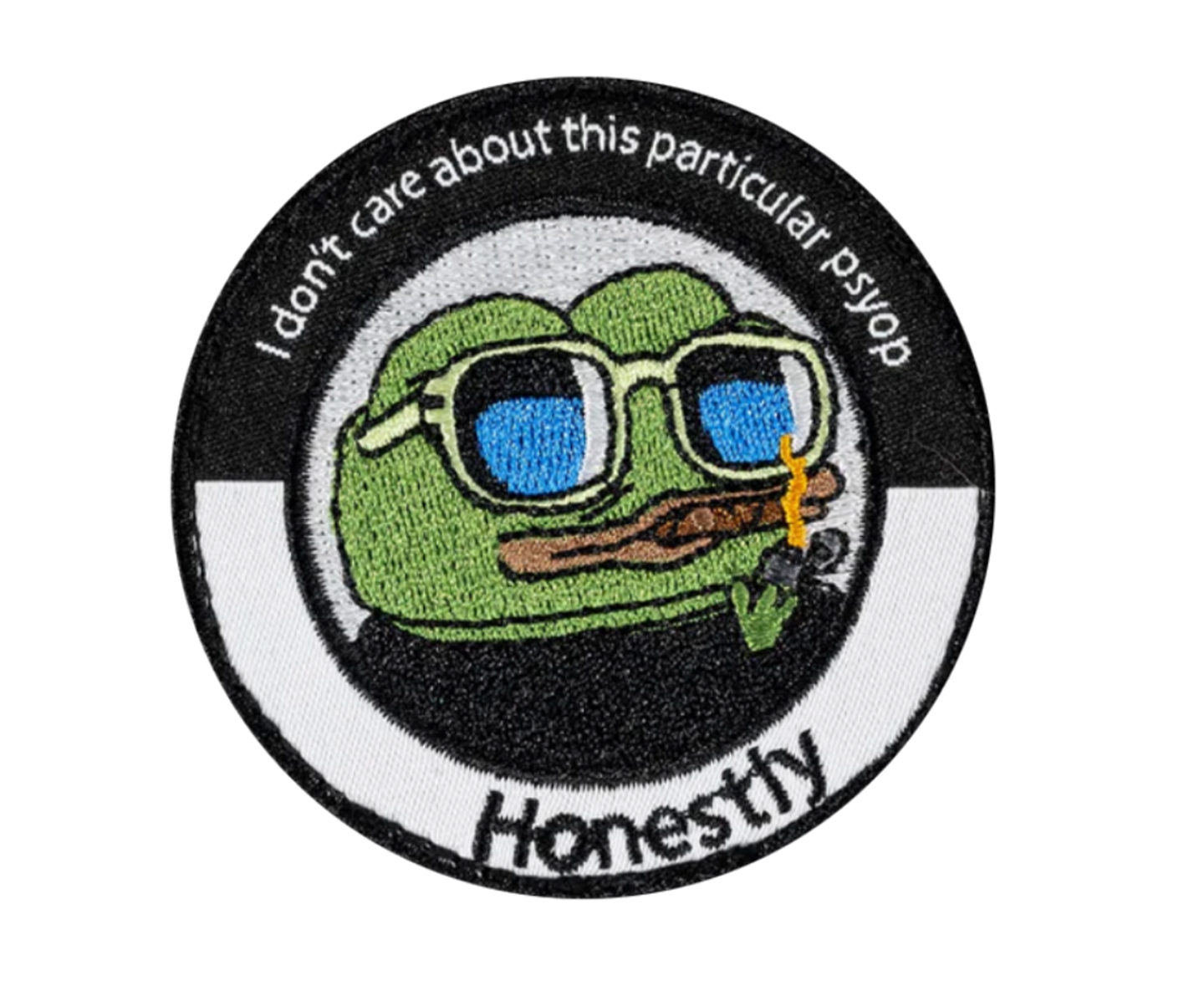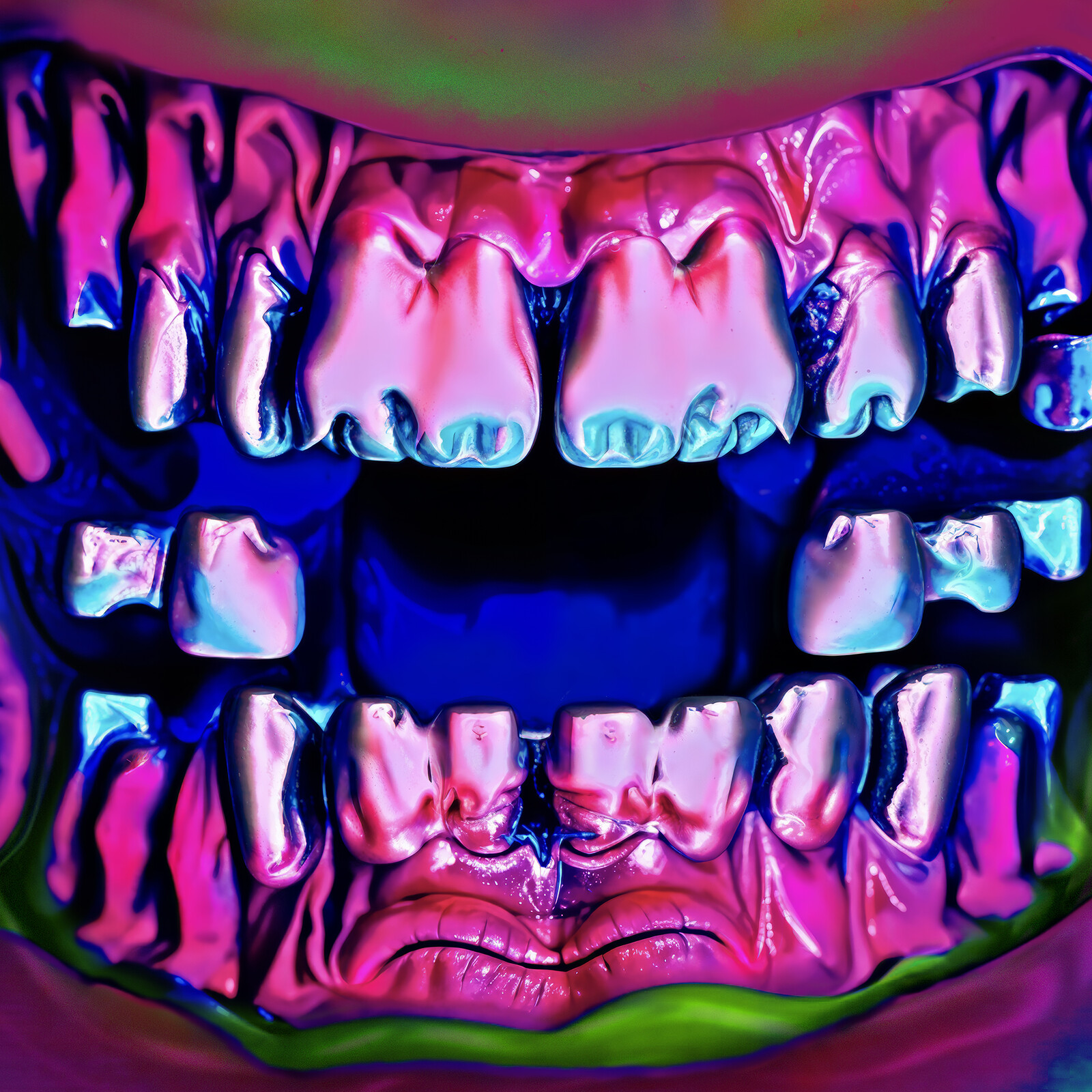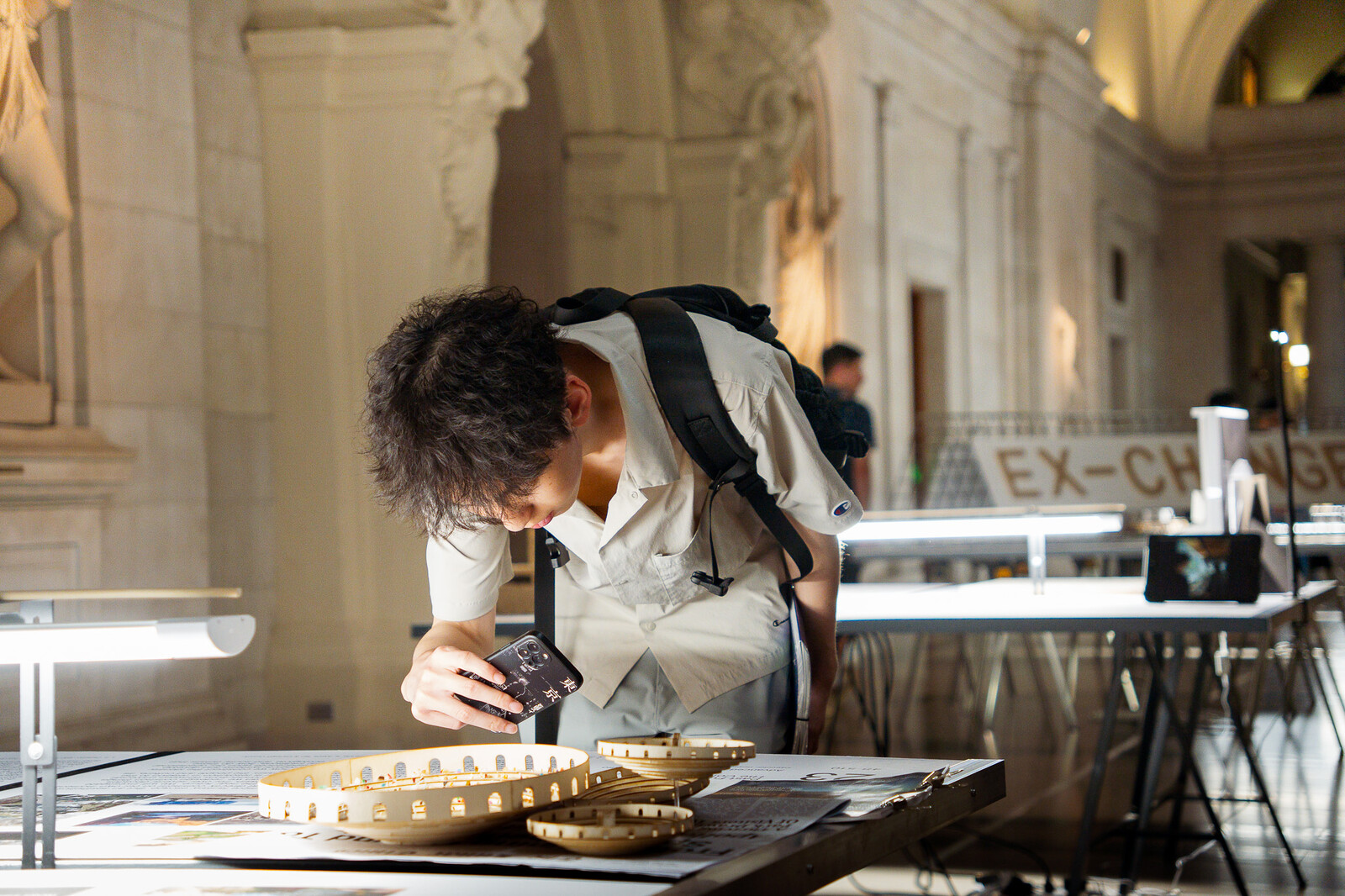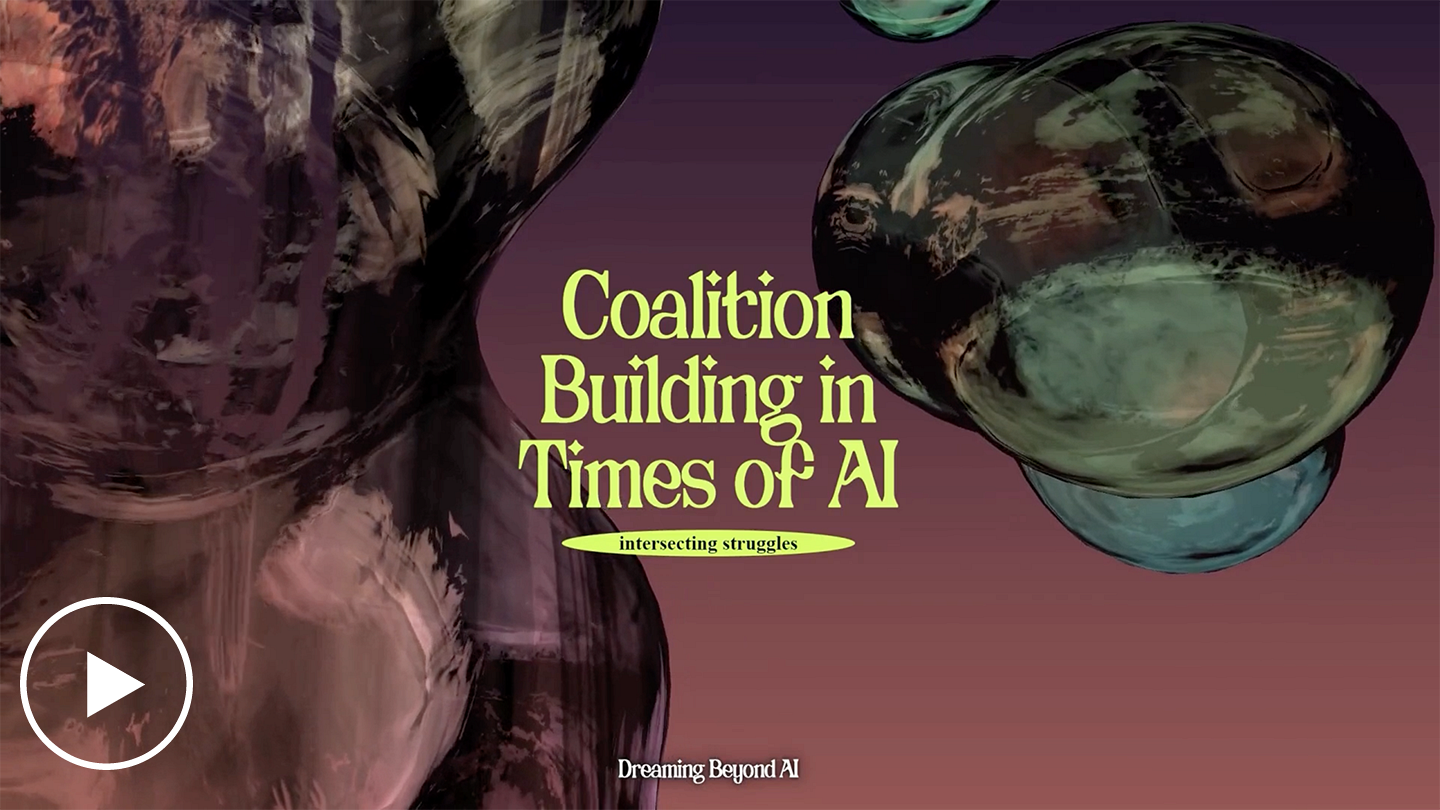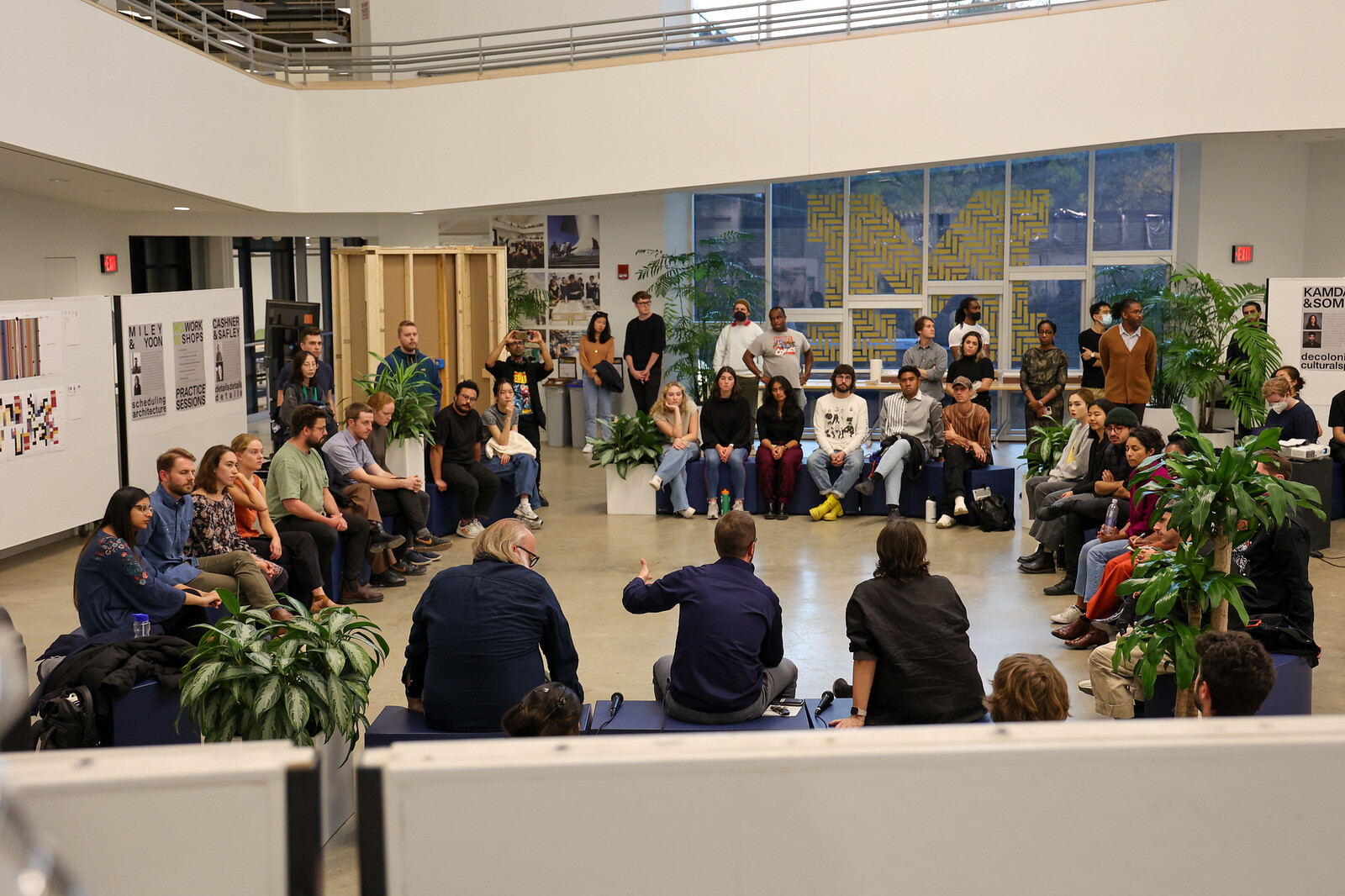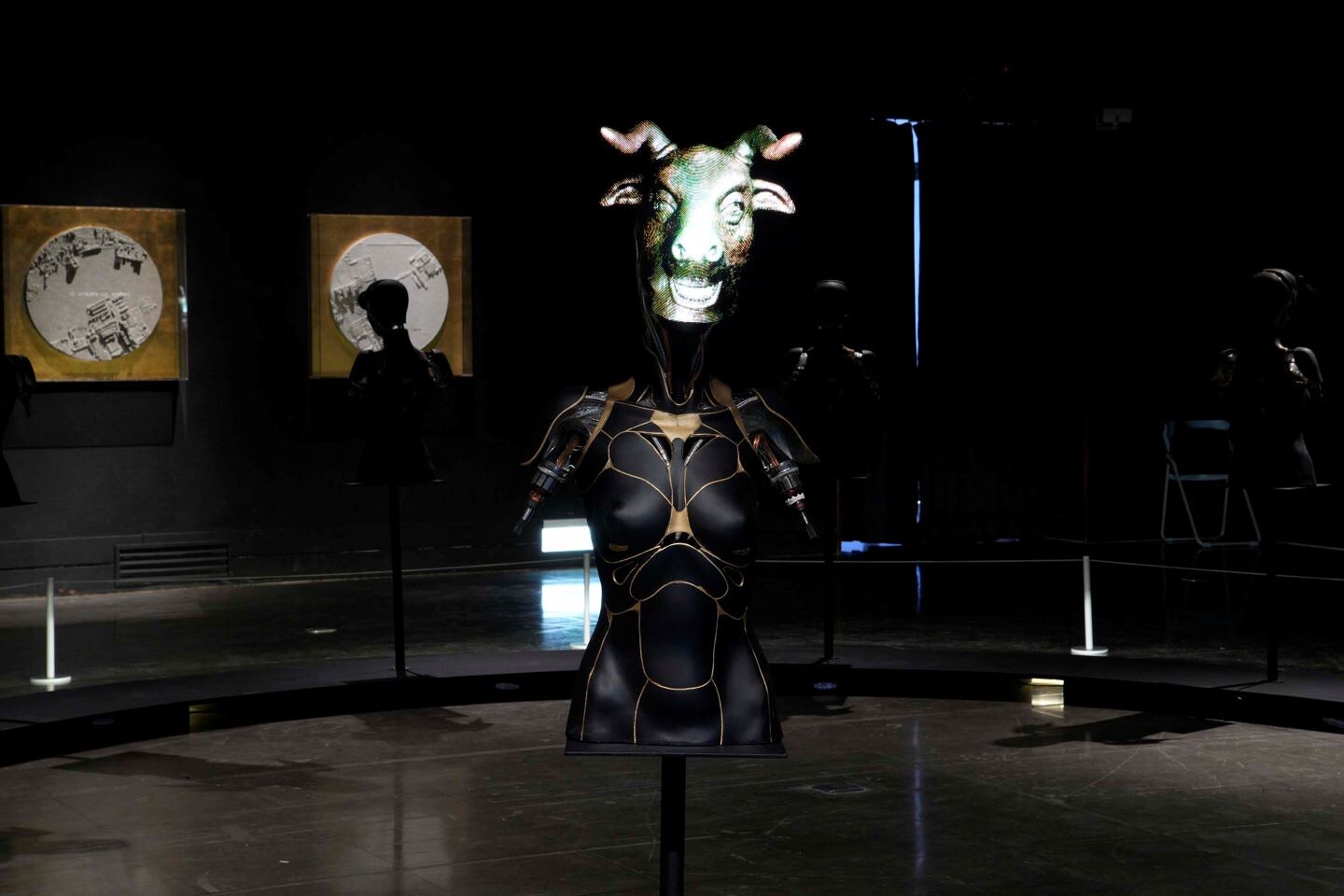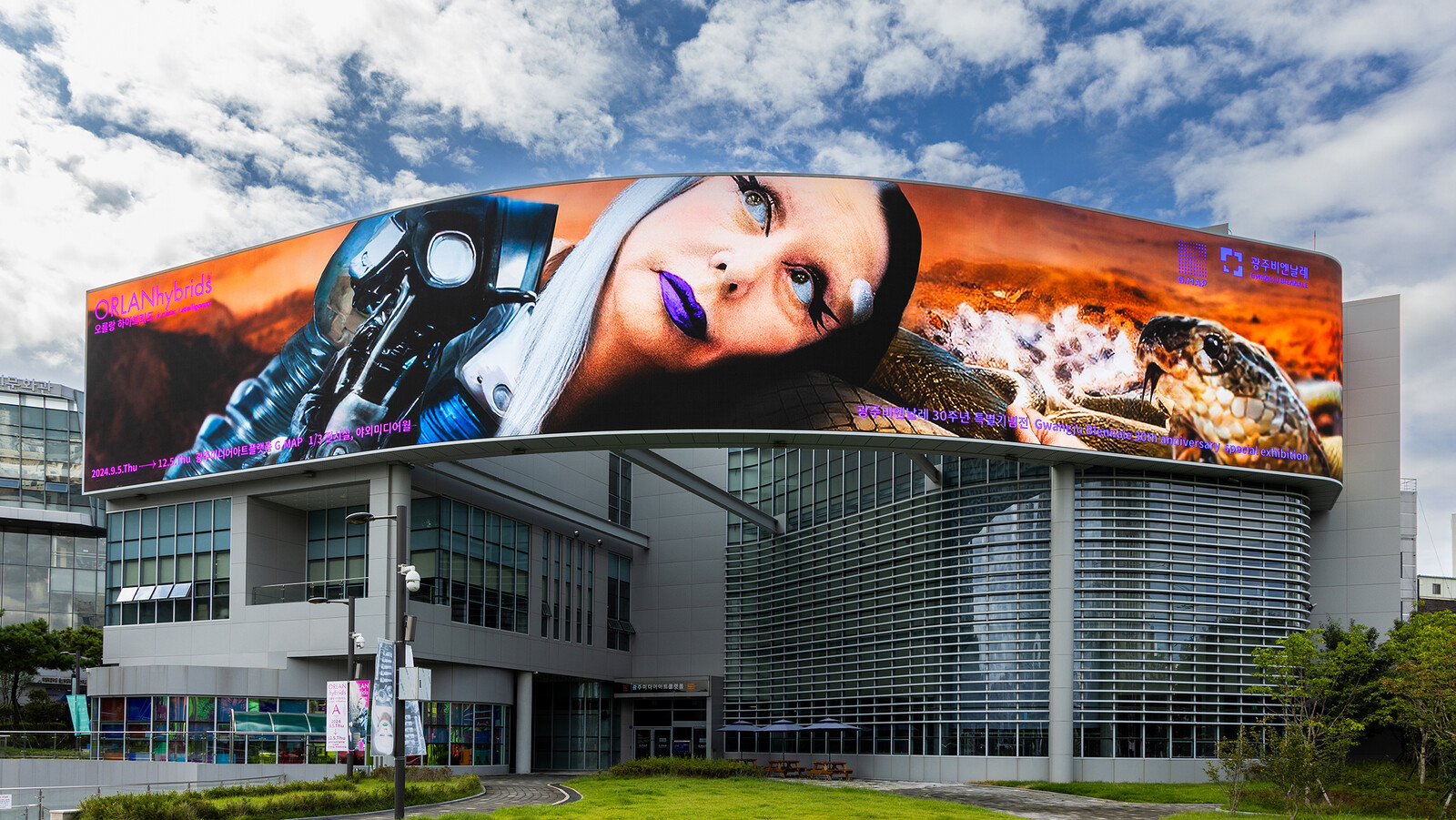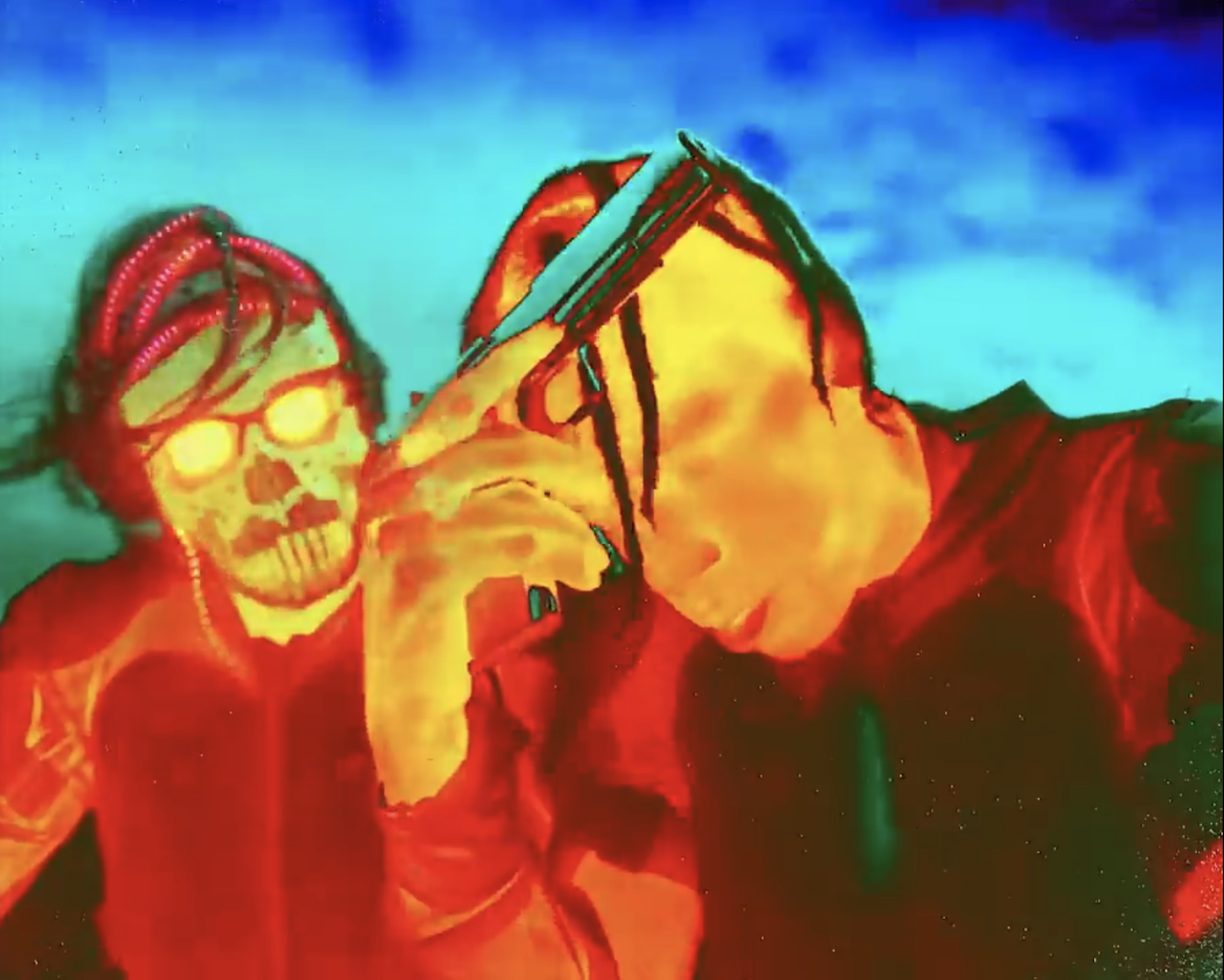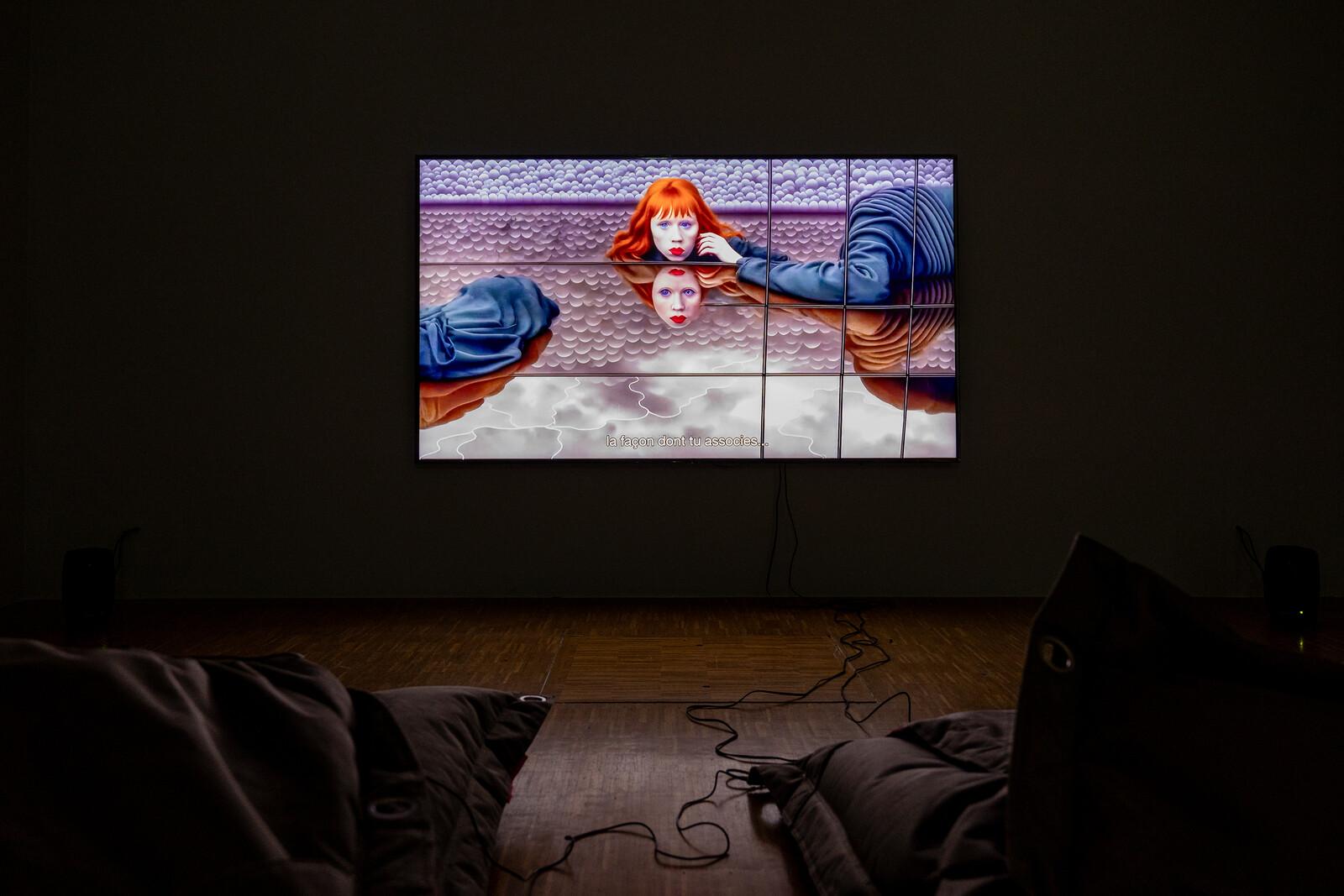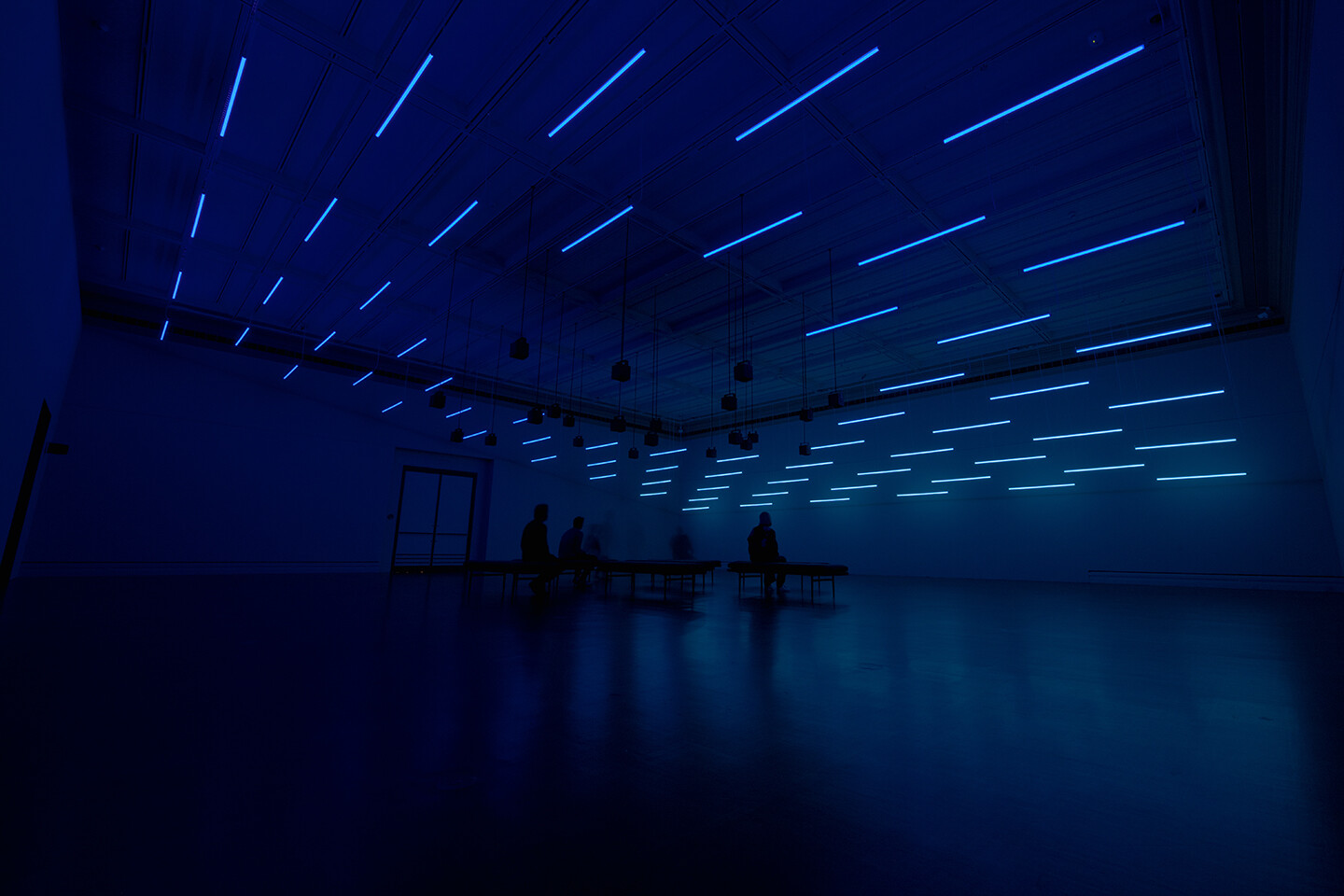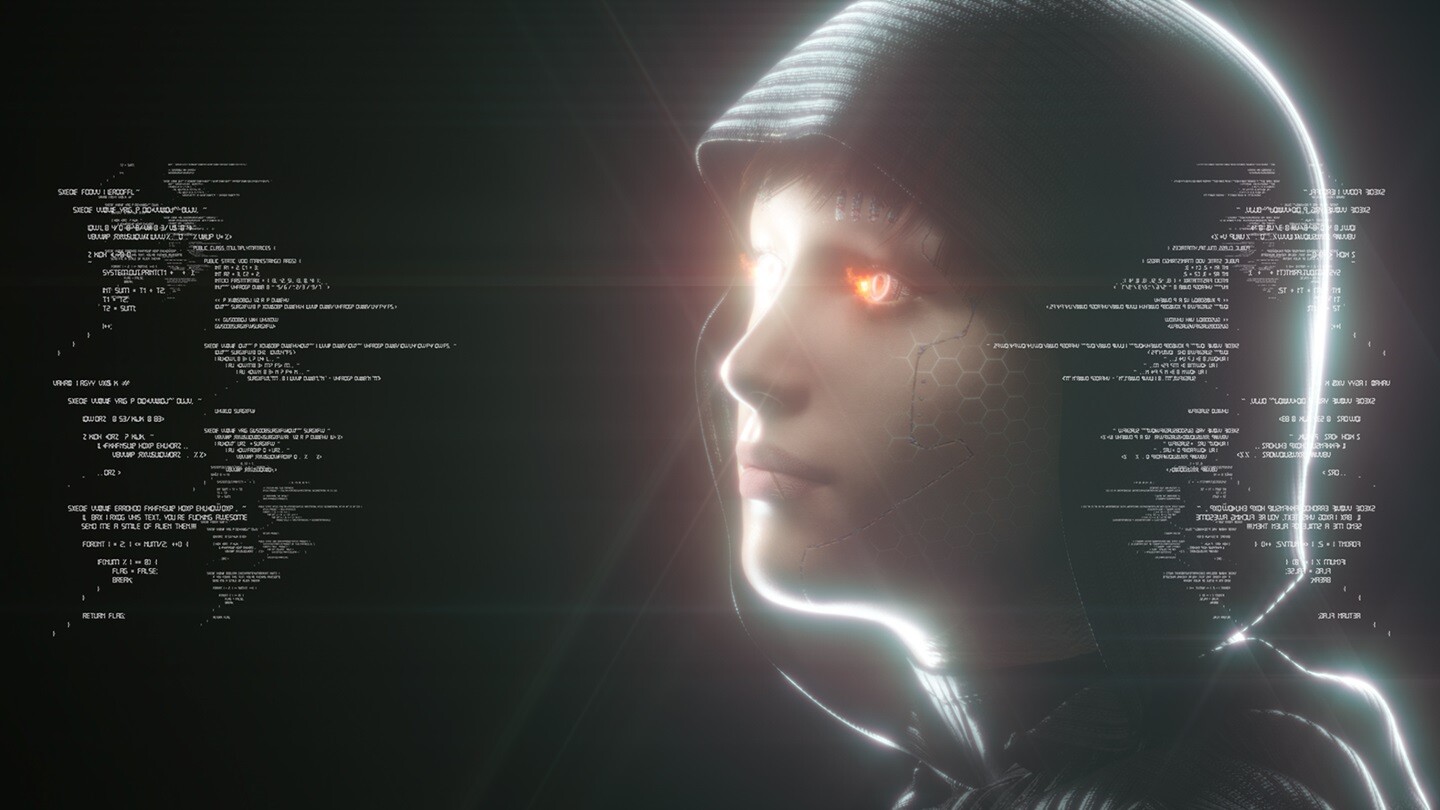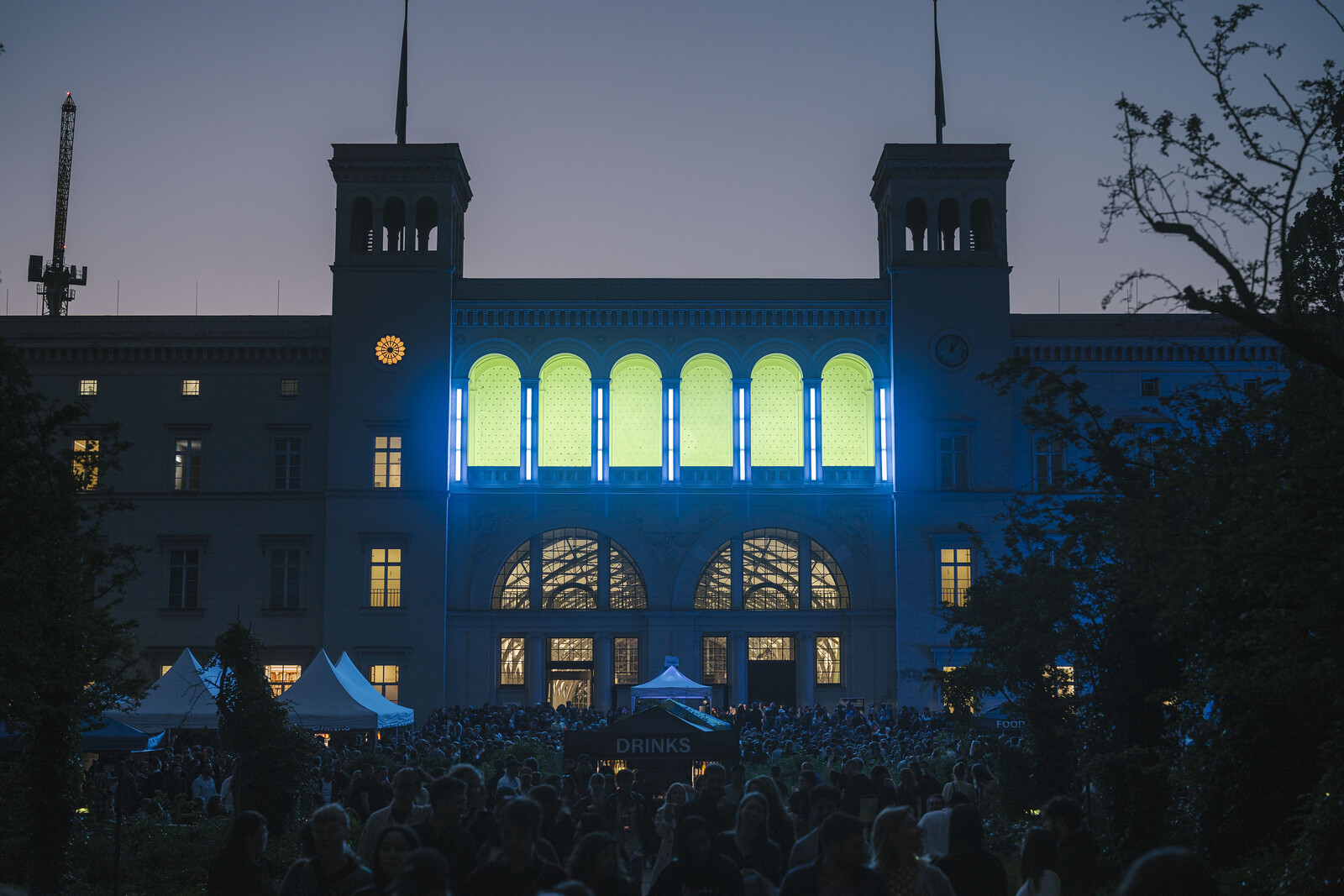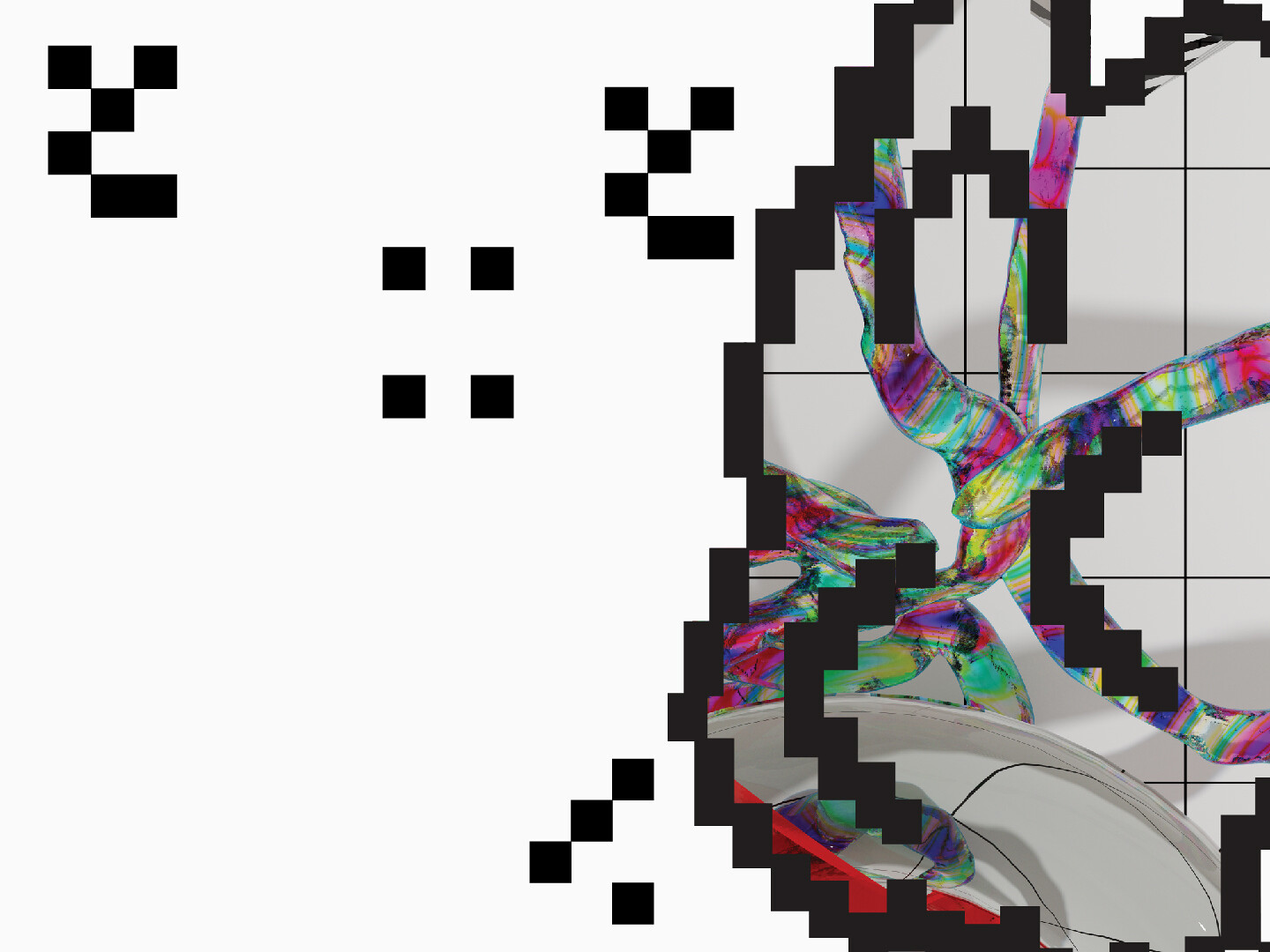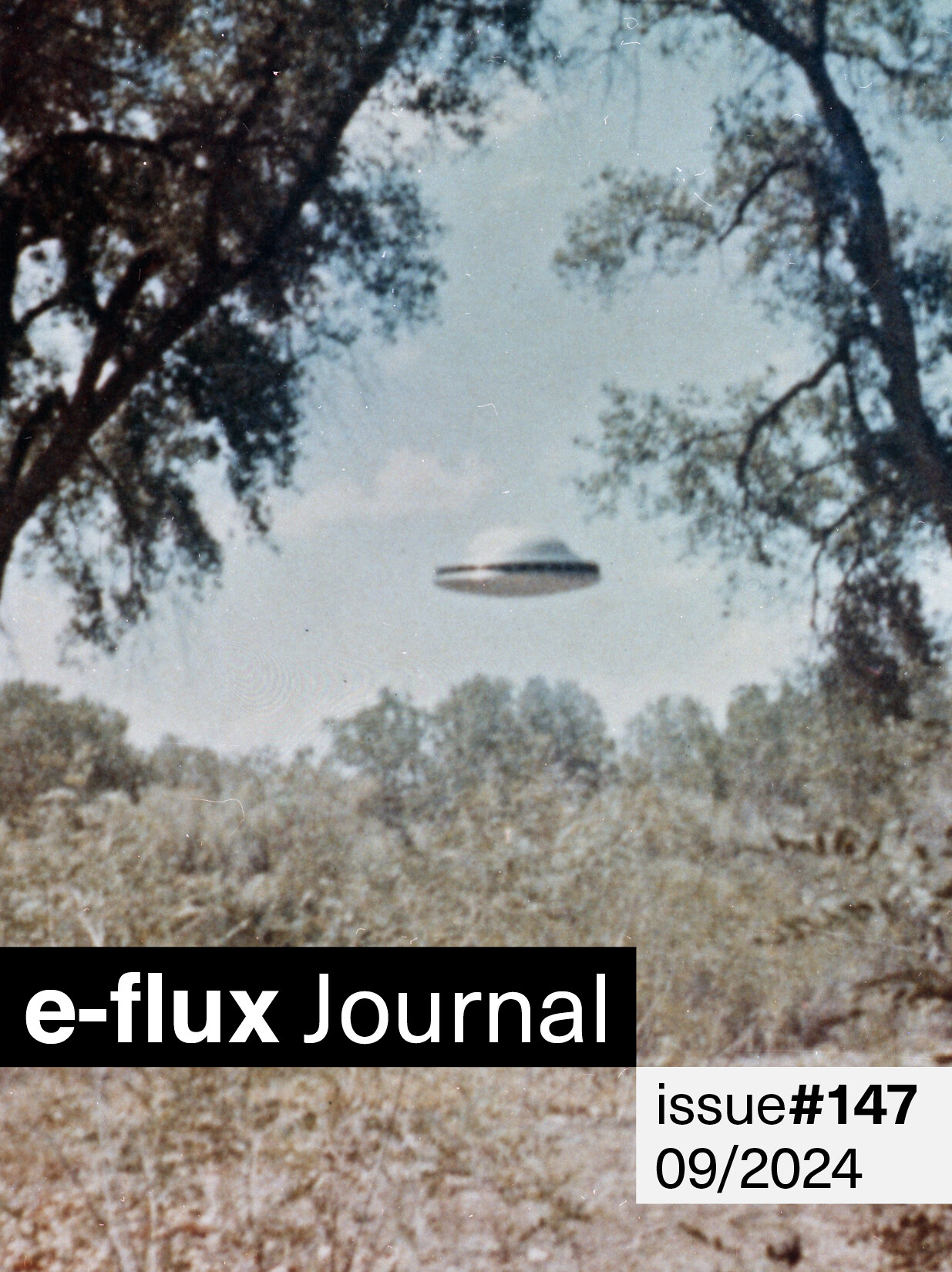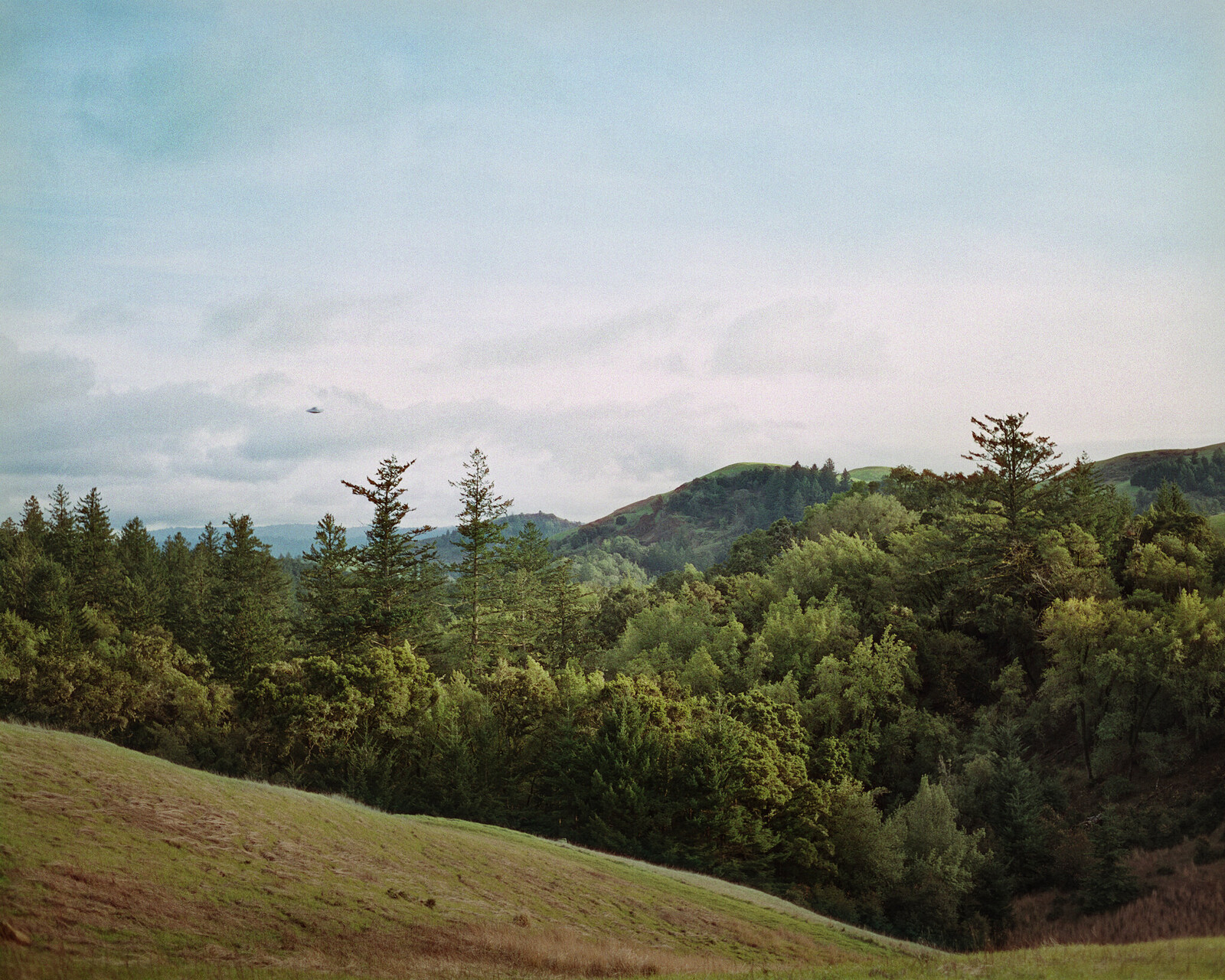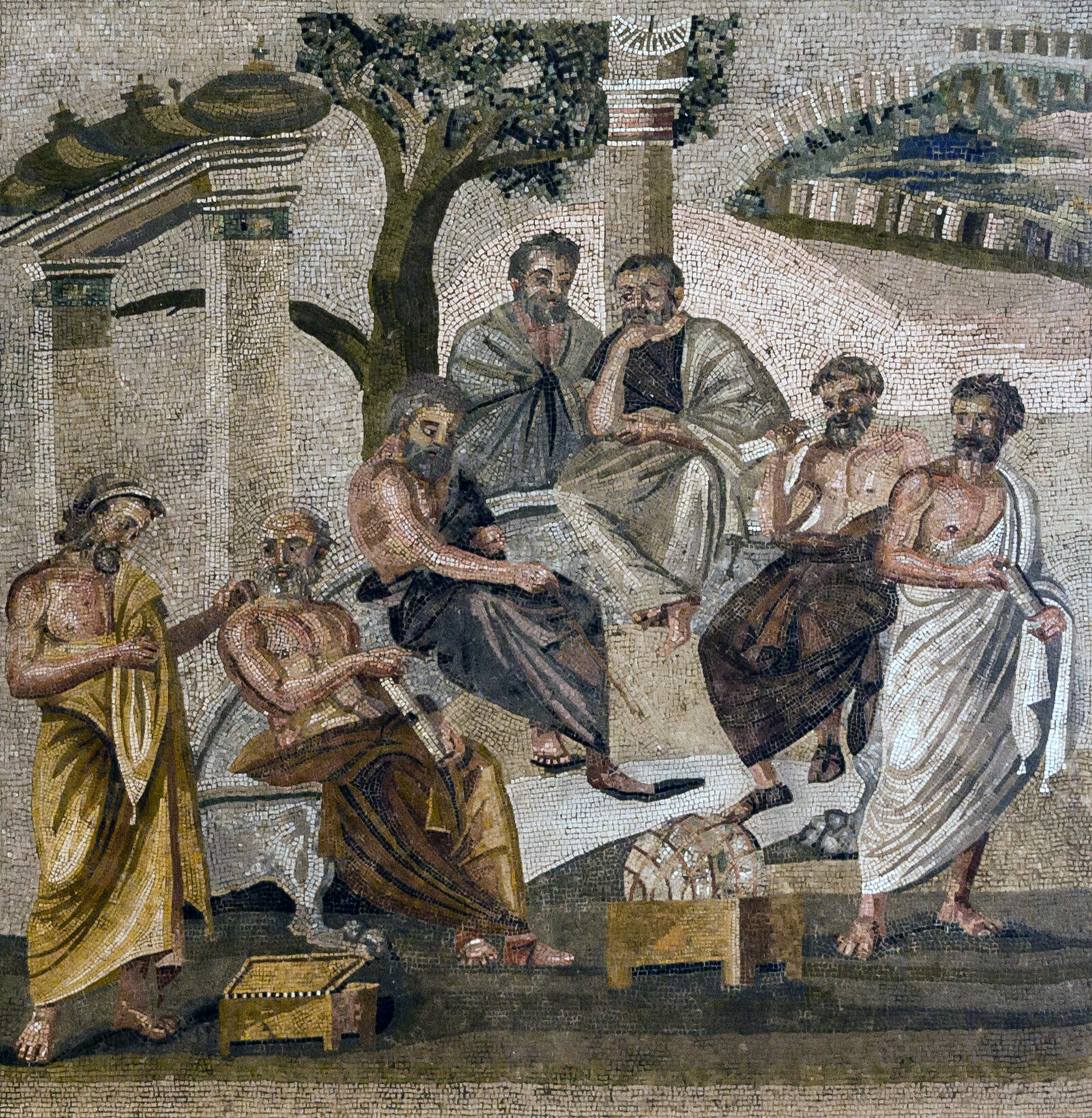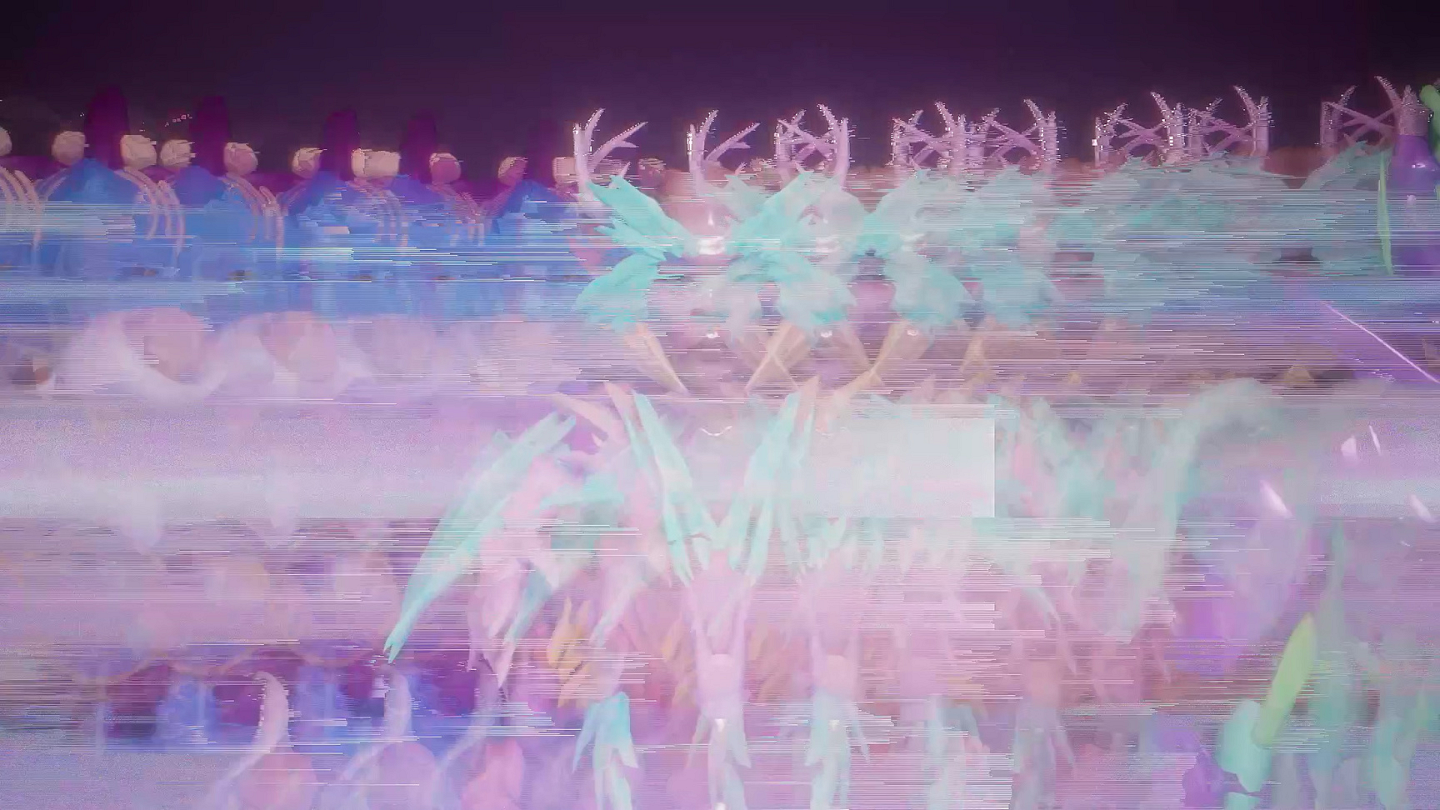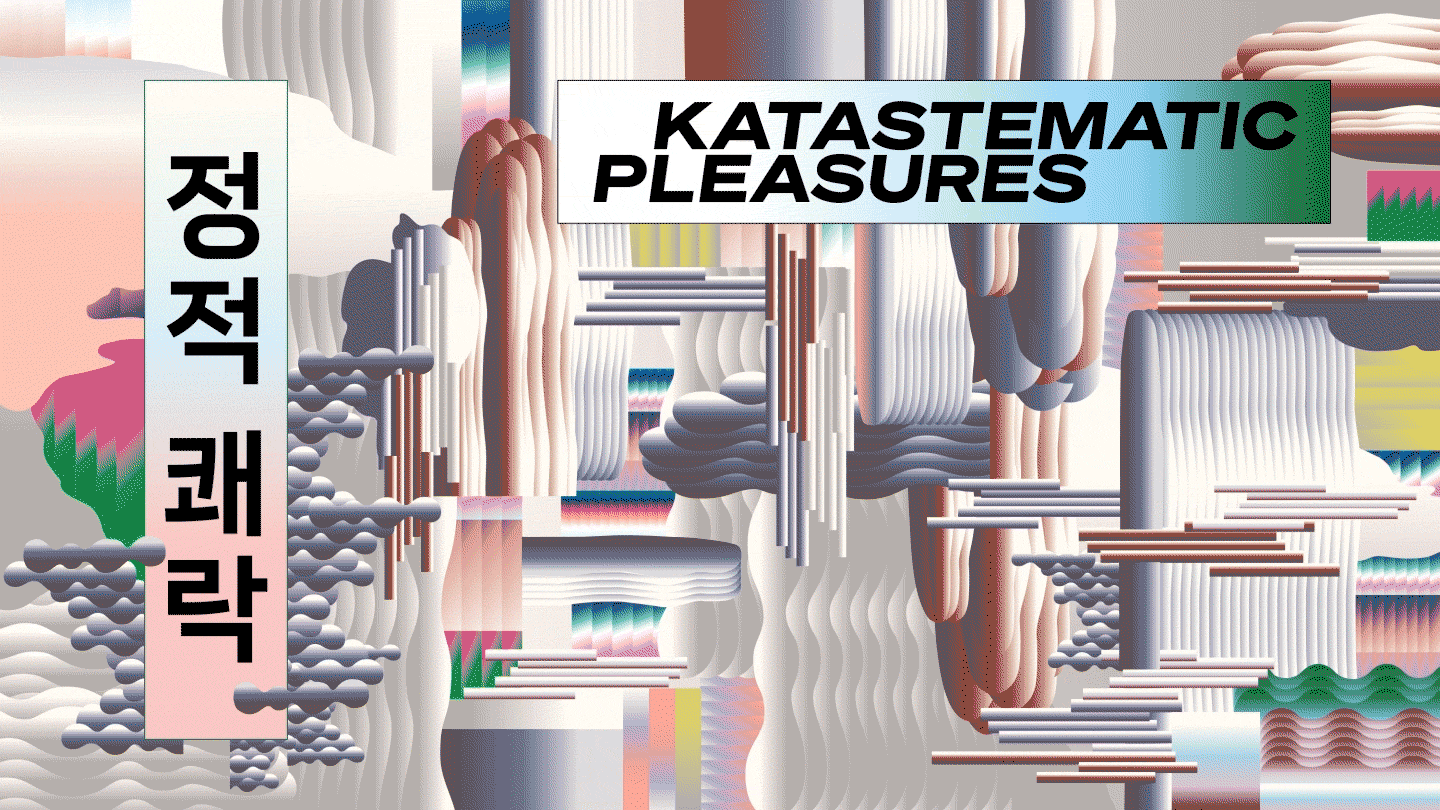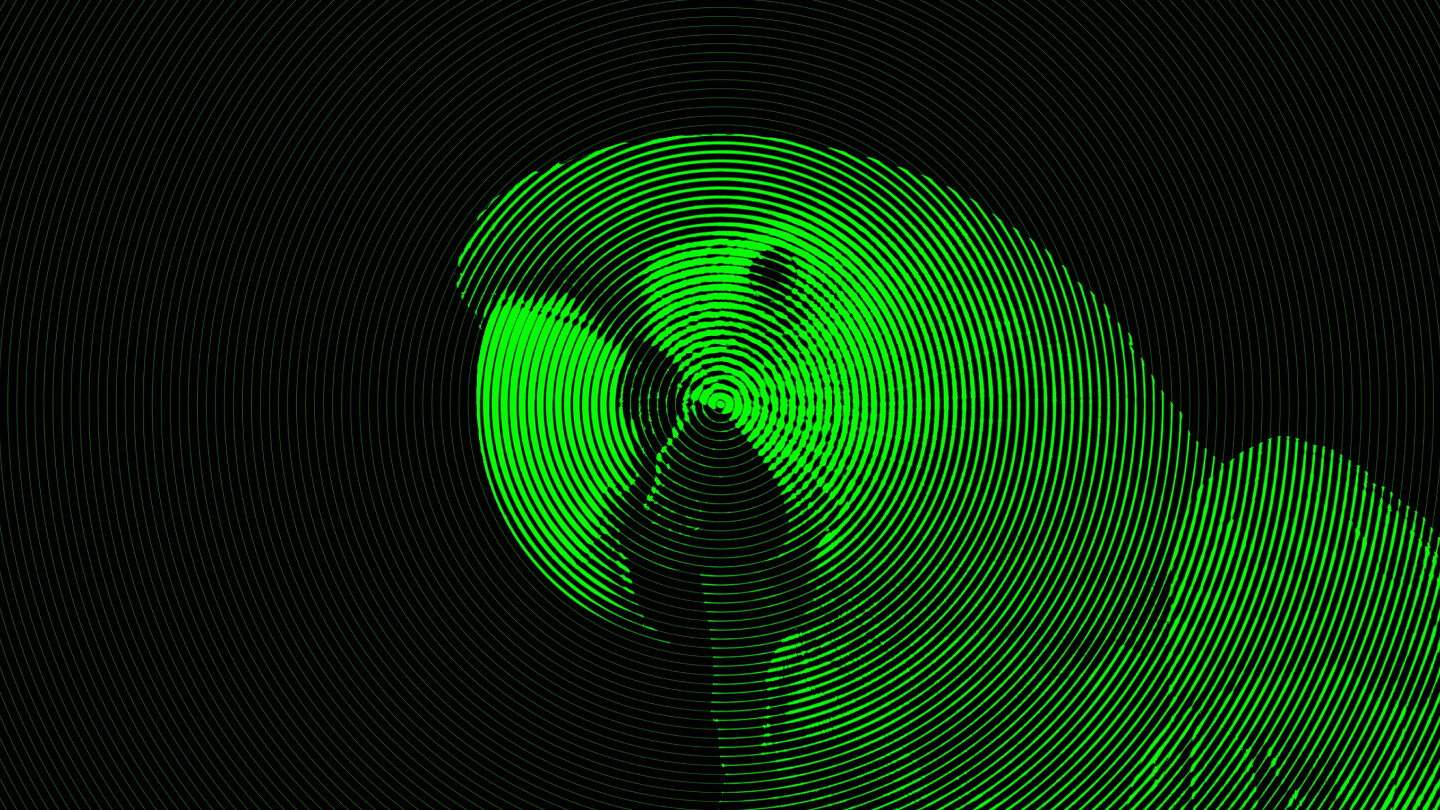Our mind makes predictions about what it thinks we will see, and shows us hallucinated projections of the near future. When a baseball batter sees a ball traveling towards them, they’re not seeing the actual ball, but a hallucinated projection of where the mind thinks the ball will travel. The batter swings at the hallucination. If all goes well, the hallucinated ball is temporally synched to where the actual ball should be. When we zoom out from the mechanics of motor function and temporal synchronization, the story of visual perception becomes even more unstable.
We can think of magic as a type of media. One that operates in the world of preconscious perception, playing with associations, expectations, symbols, and other forms of media to alter perception, to influence behavior, to affect the physical world, and to produce any number of other effects. To study magic is to study the quirks, foibles, and everyday hallucinations that characterize human perception, and to use those gaps between reality-as-it-is and reality-as-it-is-perceived as a vehicle for making supernatural-seeming interventions into perceived reality.
If the postwar media landscape was characterized by spectacle, and the late twentieth and early twenty-first century by an age of surveillance, then we are entering a new phase. One marked by affective computing, machine learning–enabled optimization, neuroscience, and cognitive psychology. A mediascape that has little use for distinctions between real and fake, signifier and signified. That assumes no distinction between perception and reality even as it attempts to intervene as directly as possible into the brains and emotional makeups of its experiencers.
When the US Constitution was drafted, the definition of the word “art” didn’t exactly coincide with today’s Art Basel version. On the positive side, Clause 8 recognized intellectual work as a form of actual labor. The founding fathers would have supported my demand for a dollar. On the negative side, Clause 8 set down guidelines that, by promoting applied knowledge in a world defined by the hope for certainty, have today culminated in the push for STEM curricula.
I. Mind and Machine: Jesse McLean and Alain Resnais
